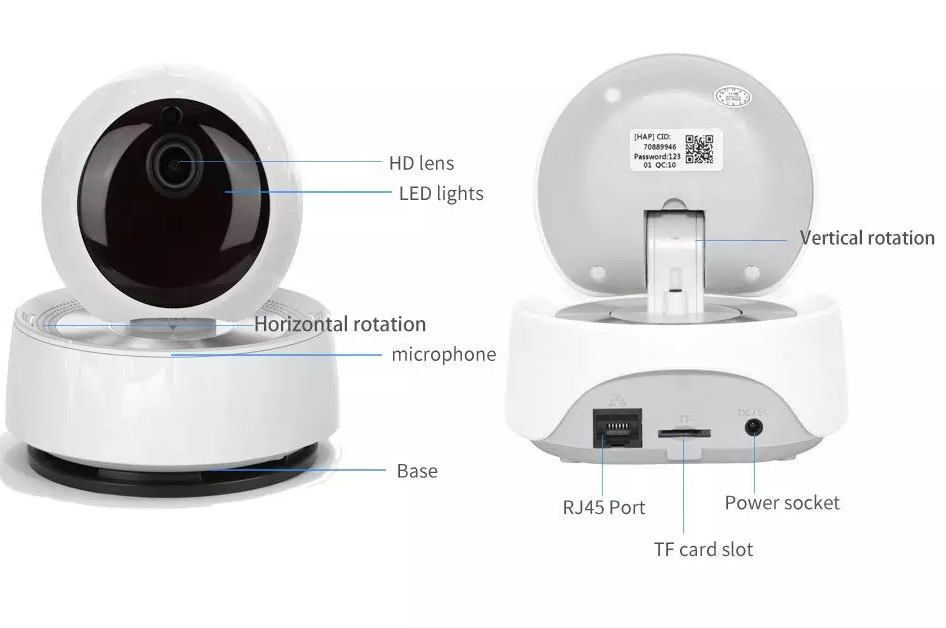

Like anything you connect to the internet, Wi-Fi–enabled baby monitors can be a potential security vulnerability.
Security: Whether you’re skeptical of people hacking baby monitors or deeply concerned about it (and there are stories!), the bottom line is that some monitors are more at risk than others. Whether you have more than one kid or just want to check in on different rooms, the ability to add cameras is common enough that we required it. Expandability: We wanted monitors that could support multiple cameras. Among the nonessential nice-to-haves: a zoom option, a wide-angle lens, and the ability to mount easily on a wall hook or nail. CLOUD BABY MONITOR SUPPORT MANUAL
But if the price is right, manual pan and tilt is okay in a video monitor. Camera options: We preferred the option to pan and tilt the camera remotely from the parent unit (which is helpful when repositioning the view or looking for a baby in a crib).We didn’t really care if we could set an alarm, use the monitor as a night-light, or play chintzy music through the camera-but seeing the time or the temperature in the kids’ room was a detail we appreciated. We also wanted the monitor to be able to withstand being knocked off a nightstand or messed with by a toddler, and generally be tough enough for the rigors of life in a home with young children. Monitor options: We looked for models with easy, intuitive, responsive controls, whether they were physical buttons or on a touchscreen.For all monitors, but especially audio-only options, we wanted to be able to hear everything clearly at the lowest volumes.

The screen itself did not need to be incredibly high-resolution, but we wanted a size that would be easily visible on a nightstand.
Image and audio quality: We wanted a high enough resolution to be able to make out facial features in the dark, at more than a few feet of distance, and (obviously) in daylight as well. We preferred units designed to connect to power via a standard USB connector and looked for reports that the baby monitors could reliably charge, recharge, and hold a charge for at least a couple of years-a disappointingly rare ability in baby monitors. An ideal monitor should automatically cut off an idle display screen to conserve battery, work at least a few hours unplugged with the screen on, and recharge fairly efficiently. Battery: We wanted a monitor with a rechargeable battery that could last overnight, or at least eight hours, without being plugged in (a baby or toddler who is finally, blessedly sleeping through the night can sleep for 11 or 12 hours at a stretch, so more is better). Screen size: For local-video monitors, 5-inch screens are increasingly common, and they’re a happy medium between “big enough to see from a few feet away” and “small enough to fit in a pants pocket.” Smaller screens are okay if the price is right, but this was the size we focused on. We wanted to be able to maintain a signal up and down a flight of stairs, across the house, and on a patio or in a driveway, but we didn’t expect much beyond that. Manufacturers’ range claims tend to be idealized. 
Range: Range is the main drawback of a local-video monitor, since audio monitors can roam farther out, and you can check a Wi-Fi–connected monitor theoretically anywhere that has an internet connection. Type: For most parents, we recommend RF (radio frequency), or local-video, monitors, rather than one of the two main alternatives: a Wi-Fi (or cloud-based) model that you can check on your phone and bare-bones, audio-only speakers.







 0 kommentar(er)
0 kommentar(er)
